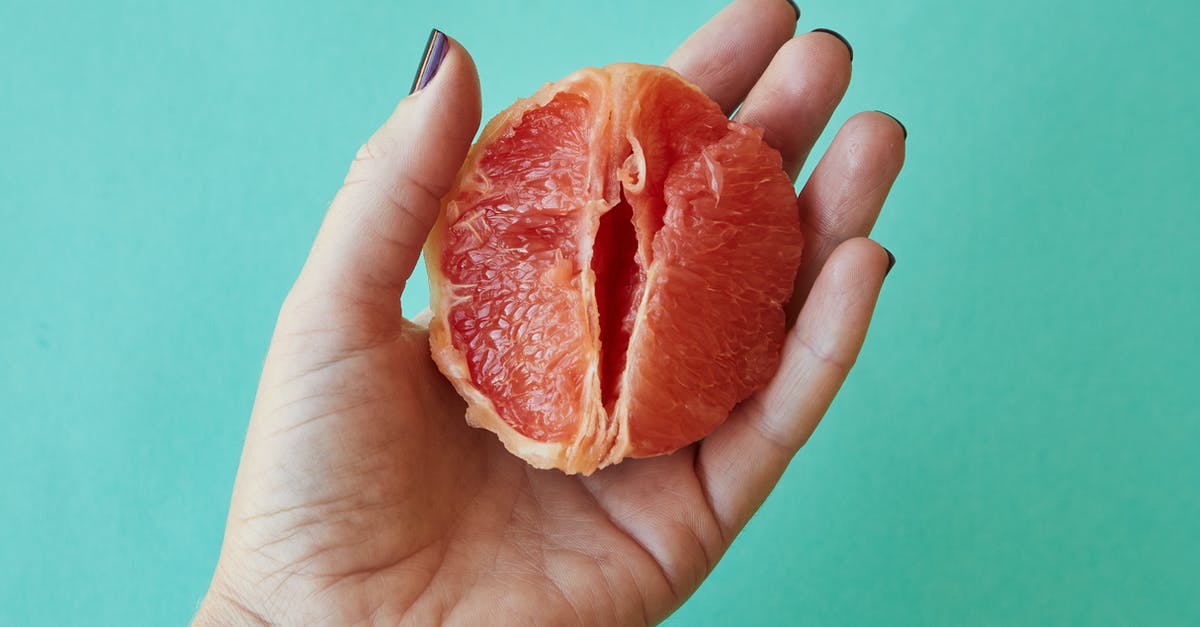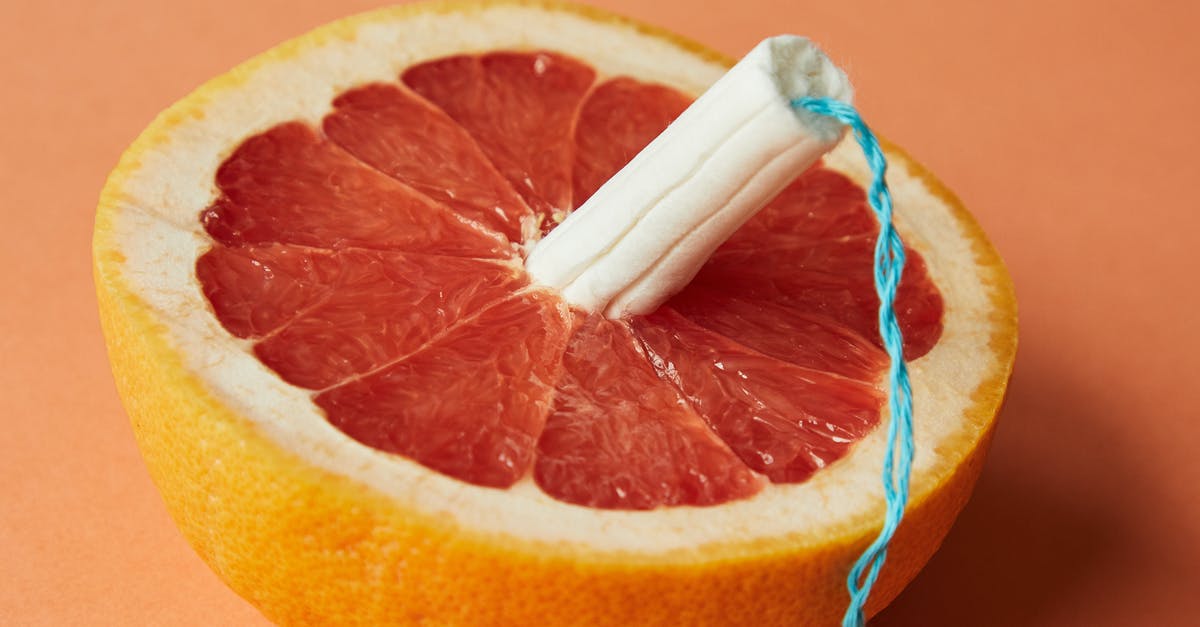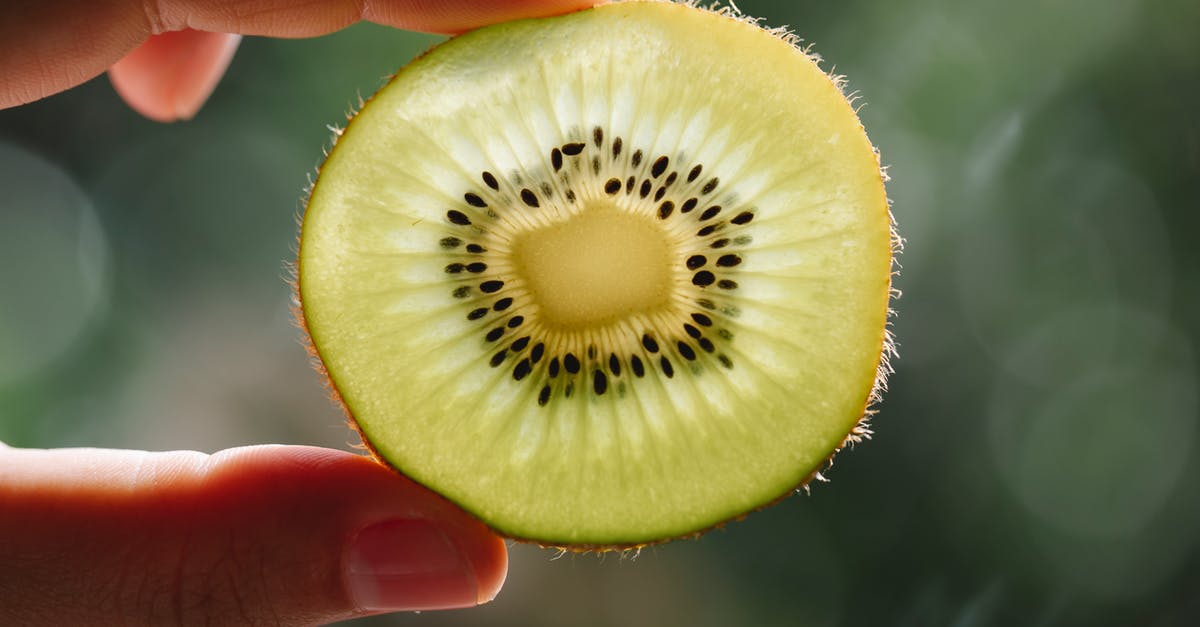Can salmonella show up in a raw-egg product once it has already been made?

I know raw eggs should be avoided, especially by sensitive people (children, pregnant women), as they may contain salmonella. Let's say I make a big tub of ice cream, with raw eggs, and several people have some with no ill effects - can I assume that this particular tub of ice cream is salmonella-free?
Best Answer
There is probably still some risk, so I wouldn't assume it was safe; however, ice-cream is frozen, so I wouldn't worry about ice-cream at all, unless the egg-mixture was left at room temperature for a significant time before freezing.
As far as I know, salmonella is in the faeces of the chicken, if present. Some faeces will often stick to the shell. In very rare circumstances, which I believe are negligible, the salmonella penetrates the shell and infects not only the white (less of a problem) but also the nutritious yolk, and then the whole egg is contaminated. But this chance is probably too small to encounter in one's average life time.
What has normally happened if the faeces are contaminated and people get sick, is that some of the salmonella present on the outside of the shell contaminates the egg when the shell is broken, or the extremely small number of bacteria present in the white get a chance to infect the whole egg (chance ca. 0.005 %, see below). (Note that in many countries the outside of the shell of supermarket eggs is supposedly sterilized.) At that very moment, however, the number of bacteria present in the egg white should still not be enough to make people sick. But if the egg is then left to sit outside the refrigerator for several hours, and enough faeces touched the egg white, the bacteria may have enough time to multiply and make you sick. If the egg is properly refrigerated, chances are much lower, but I do not know the exact numbers.
One often sees grey spots and smears on the outside of eggs; I believe this is normally chicken faeces. Even so, salmonella is quite rare, such that the healthy shouldn't be worried about making ice cream, mousse au chocolat, and such from unpasteurized eggs. But if a young child, an old person, a pregnant woman, or someone with health problems were to eat the ice cream, I would not take the chance and use pasteurized eggs. If the food is contaminated, the fact that people do not get sick who have eaten it immediately upon making it offers little evidence, because the bacteria haven't had the time to multiply yet. I believe you will normally not get sick from eating contaminated steak tartare, for example, because it is eaten immediately.
However that may be, ice-cream is frozen: as Derobert said below, salmonella probably cannot multiply below 5 °C, and certainly not below 0 °C, so ice-cream should be safe under all normal circumstances, that is, if it was frozen shortly after breaking the eggs. Normal temperatures in refrigerators slow down the growth of the bacteria as well: perhaps you shouldn't worry too much about anything that is kept at 7 °C anyway for a few days.
The inside of an egg was once considered almost sterile. But, over recent years, the bacterium Salmonella enteritidis (Se) has been found inside a small number of eggs. Scientists estimate that, on average across the U.S., only 1 of every 20,000 eggs might contain the bacteria. So, the likelihood that an egg might contain Se is extremely small – 0.005% (five one-thousandths of one percent). At this rate, if you’re an average consumer, you might encounter a contaminated egg once every 84 years. — The Incredible Egg, Medicine Net
Pictures about "Can salmonella show up in a raw-egg product once it has already been made?"



How likely is it to get Salmonella from raw eggs?
The Centers for Disease Control estimates that 1 in every 20,000 eggs are contaminated with Salmonella. Persons infected with Salmonella may experience diarrhea, fever, abdominal cramps, headache, nausea and vomiting.Can you test eggs for Salmonella?
"If an egg contains salmonella, it may pass all the fresh tests because they do not usually smell or taste bad," she said.Can you get Salmonella from raw store bought eggs?
Most concerning is the risk of raw eggs being contaminated with bacteria leading to the potential contraction of a Salmonella infection. Buying pasteurized eggs will lower your risk for infection.Do all raw eggs have Salmonella?
Recommendations regarding the consumption of raw eggs Eggs in their raw form contain the same amount of nutrients as their cooked counterparts, although the absorption of protein is reduced when eating raw eggs. The risk of bacterial contamination is heightened, which could result in a salmonella infection.Salmonella \u0026 Raw Eggs? My Experience
More answers regarding can salmonella show up in a raw-egg product once it has already been made?
Answer 2
Short answer:no, has to do with exponential growth and also individual sensitivities.
Long answer: You only need a few bacteria to make you sick. And bacteria grow exponentially.
Let's assume that eating up to N1 bacteria won't do anything, N2 bacteria will give you a light fever, and N3 bacteria will send you to hospital. And N3 is a very low number. This source claims that 6 bacteria per serving are enough, and while we don't know how many servings each sick person ate, we can conclude that 100 bacteria is probably more than enough (15 servings at once!). Also, the difference between N1, N2 and N3 must be tiny: under perfect conditions (= in your intestines, at 37°C and surrounded by food), Salmonella numbers double every 20 minutes, which means that very small differences in the starting numbers will make the difference between one million or one billion bacteria a few hours later. And salmonella has an incubation period of up to 72 hours.
Imagine that person A eats a dish containing raw eggs, waits 72 hours (no symptoms in that time), and then person B eats the same dish. There are several scenarios in which person B might get sick.
- A has a stronger immune system. The difference between N1, N2 and N3 is so small, that a number of bacteria which is below N1 for somebody with a strong immune system can easily be above N3 for somebody with a weak immune system. There isn't a big puffer zone of N2 where A would have had weak symptoms.
- A has more stomach acid production than B. Stomach acid kills salmonella, they start multiplying in the intestines where the pH is friendlier for them. Again, remember that 4-5 bacteria killed by ingestion may make the difference between no symptoms at all and hospital.
- The bacteria grew within the 72 hours. I agree, this is highly unlikely in ice cream, as long as you held the tub frozen all the time. But if you have e.g. mayonnaise, and your fridge is warmer than you think (remember, appliance thermometers are not always exact, and temperature varies within a fridge a lot depending on where you place something!). They grow slowly at low temperatures, but a single division cycle is enough to take their number from N1 to N3 (completely jumping over N2!).
- Person B eats more ice cream than person A. At the small differences between the numbers, eating two scoops instead of one can already be enough to send you into the danger zone.
Even if you have several people tasting first, their showing no symptoms can not be taken as a guarantee, especially if you know that person B is at higher risk (e.g. a small child). Also, I am sure that there must be more possible scenarios in which B gets sick, I just listed a few I could think of.
Instead of taking risks, I would advise that you prevent salmonella contamination and growth in the first place. You can kill salmonella with acid and heat, or you can make food without the eggs.
- using no eggs. This is not an option for everything, sure. But homemade ice cream is easy without them. Use a Philadelphia recipe (milk, cream + sugar). If your ice cream machine is not good enough and makes crystals, add the fat and lecithine from other sources: increase the cream:milk ratio, and use soy lecithine. You can also add small amounts of alcohol, propylene glycol (some fake extracts like Dr Oetker Buttervanille use it), or xanthan gum to prevent crystals. For emulsions, use lecithine instead of yolk.
- using acid. Not an option for ice cream, but for mayonnaise-based sauces, as long as you don't mind them very sour (pH 3.5).
- pasteurize the eggs. For yolk emulsions and yolk foams, temperatures about 70°C to 75°C work well. For custards, it depends on what ingredients you use beside eggs, but you can generally heat them above 80°C. Always use a thermometer for this, the difference between "enough heat" and "curdled" is very small. For egg white foams, you could try making Italian meringue and if necessary, gently heating it some more. Reaching 72°C should kill salmonella with some headroom; if you find that this draws the meringue too much, you can hold it at slightly lower temperatures for several minutes, that will kill them too (for the extreme case, I think Baldwin has time vs temperature charts meant for sous vide), but then make sure that every part of the meringue reaches the temperature (there is a very strong temperature gradient in foams).
Sources: Stack Exchange - This article follows the attribution requirements of Stack Exchange and is licensed under CC BY-SA 3.0.
